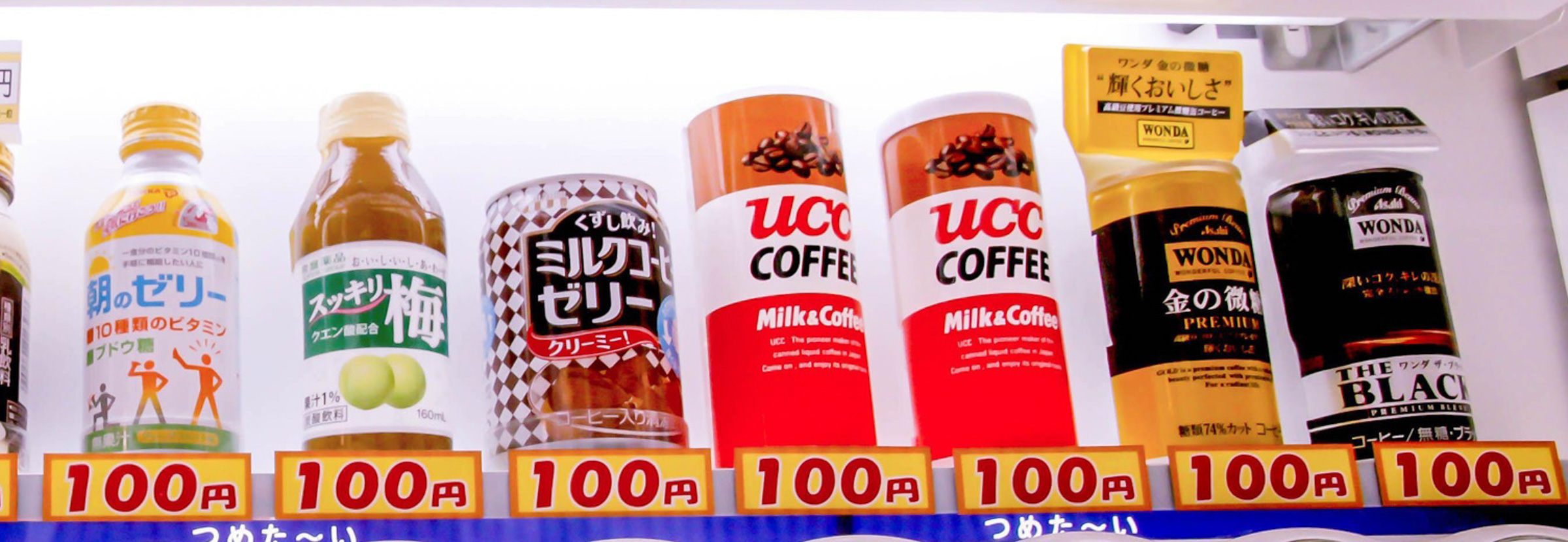Was canned coffee invented in Japan?
Canned and ready-to-drink (RTD) coffee products, including cold brew and milk-based beverages, have been popular in many countries for some time now.
However, it’s been impossible to ignore the recent explosive growth in the wider RTD segment, with no signs of it slowing down. In fact, according to Fortune Business Insights, the value of the global RTD coffee market will increase beyond US $42 billion by 2027.
Considering the diversification of the segment, it’s important to reflect on its history. Many industry experts point to Japanese brand Ueshima Coffee Company (UCC) as the inventor of canned coffee as we know it today.
Since then, canned coffee has remained immensely popular in Japan and other Southeast Asian countries – and the market has grown substantially in other parts of the world, too.
To find out more about the history of canned coffee, as well as potential for the market to grow even further, I spoke with Giovanni Betteo, Director of Sales at Minor Figures. Read on to find out what he had to say.
You may also like our article on why RTD milk-based coffees are becoming more popular.
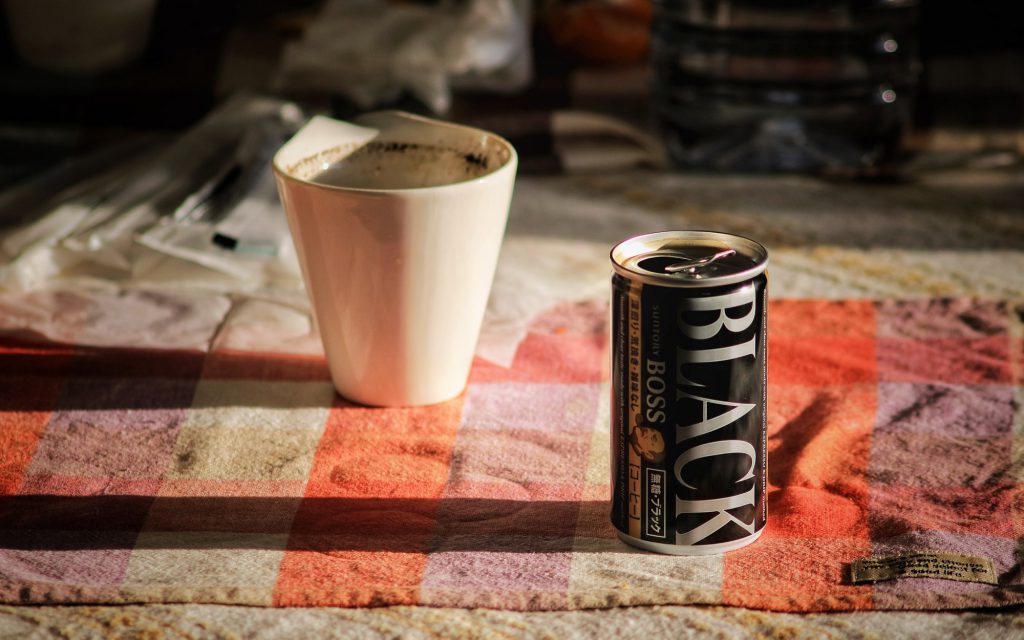
When & where was canned coffee invented?
The processing of canning food and beverages has been in use since the early 19th century. In 1810, British merchant Peter Durand patented the use of tin-coated iron cans to preserve food for longer.
Over 100 years later, large-scale canning became much more widespread. In 1935, US manufacturers produced the first-ever commercially-available canned beer, with canned soda production following shortly after.
Some 20 years later, manufacturers started to use more aluminium in their cans, which was considerably cheaper than other metals. This eventually led to the invention of the first-ever all-aluminium beer can in 1959, which included an “easy open” tab – revolutionising the canned beverage market.
Following the invention of canned beer and sodas, in 1969, UCC – a Japanese company which manufactures tea and coffee products – created the first commercially-successful canned coffee. Prior to this, several other brands had launched canned coffees in Japan – most notably Mira Coffee in 1965, but production ended shortly after.
It’s believed that Tadao Ueshima, the founder of UCC, decided to start making canned coffee when he was forced to catch an earlier train one day, thereby making him waste his cup of coffee. Consequently, Ueshima believed there was a more convenient way to drink coffee while on the go – leading to the invention of the first-ever canned milk-based coffee: UCC Milk Coffee.
In fact, Guinness World Records awarded the company the “longest-selling ready-to-drink canned coffee brand” in 2018 – with more than 15 billion cans sold so far.
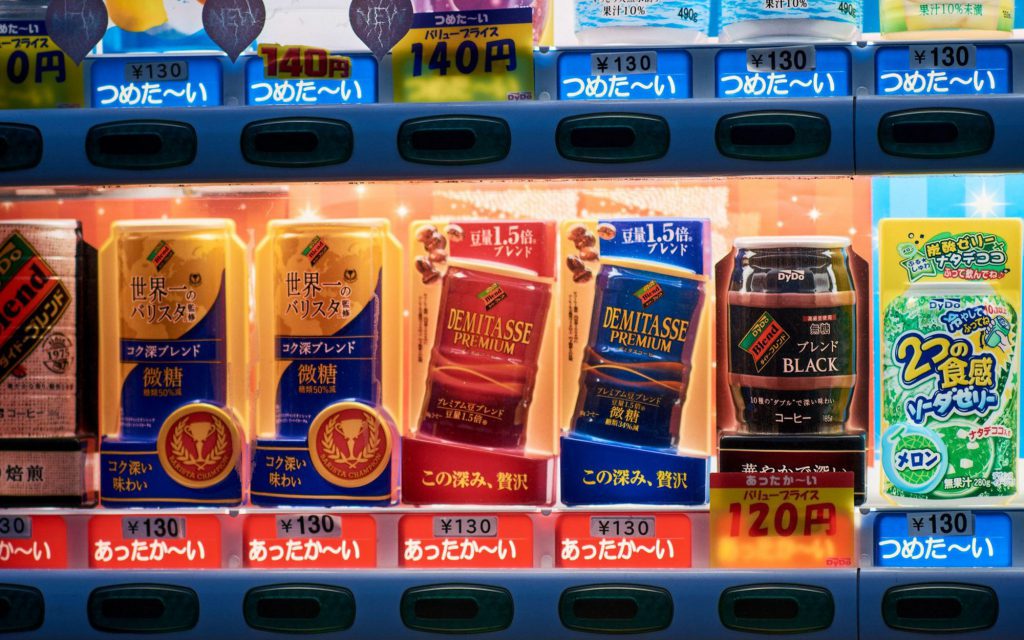
Why is it so popular in Japan?
Japan has a rich history of coffee consumption, with the first coffee shops – or kissatens – opening towards the end of the 19th century. Kissatens only served black coffee or tea in line with their focus on simplicity.
However, through to the late 1900s, Japanese coffee consumers also began to value convenience more – leading to the immense popularity of canned coffee. Following the successful launch of UCC Milk Coffee in the late 1960s, other brands also followed suit.
One of the most notable examples was Pokka Coffee, which in 1973 sold its products in vending machines that could serve canned coffee either hot or cold. Some two years later, Coca-Cola Japan launched the Georgia Coffee brand, which is still popular in Japan today.
In the late 1980s, a number of other Japanese companies also entered the canned coffee market. These included beer companies Asahi and Kirin Beverage, as well as Suntory’s BOSS brand – which hired US actor Tommy Lee Jones to be a brand ambassador.
The importance of vending machines
As well as being sold in Japanese convenience stores and supermarkets, vending machines also stocked canned coffee. For the majority of the Japanese working population – which was growing rapidly in more urban areas during the late 20th century – canned products quickly became their preferred way of consuming coffee.
Effectively, buying canned coffee from a vending machine meant that consumers didn’t have to wait in line, and could drink their coffee while commuting to and from their offices or workplaces. According to data from the Japan Vending Machine Manufacturers Association, there was approximately one vending machine per 23 people in the country in 2017 – a number which has most likely grown in the six years since.
Moreover, canned coffee is often very affordable, which further increased their popularity among blue-collar workers. Even today, the price of most canned coffee products ranges from ¥120 to ¥150 (US $0.92 to US $1.15).
Data from a 2012 survey from the All Japan Coffee Association found that 100 canned coffees per capita are consumed in the country every year – with the most popular choice being sweetened milk-based drinks. However, black coffee, flash brew, and cold brew options are also popular in Japan, as well as low-sugar beverages.
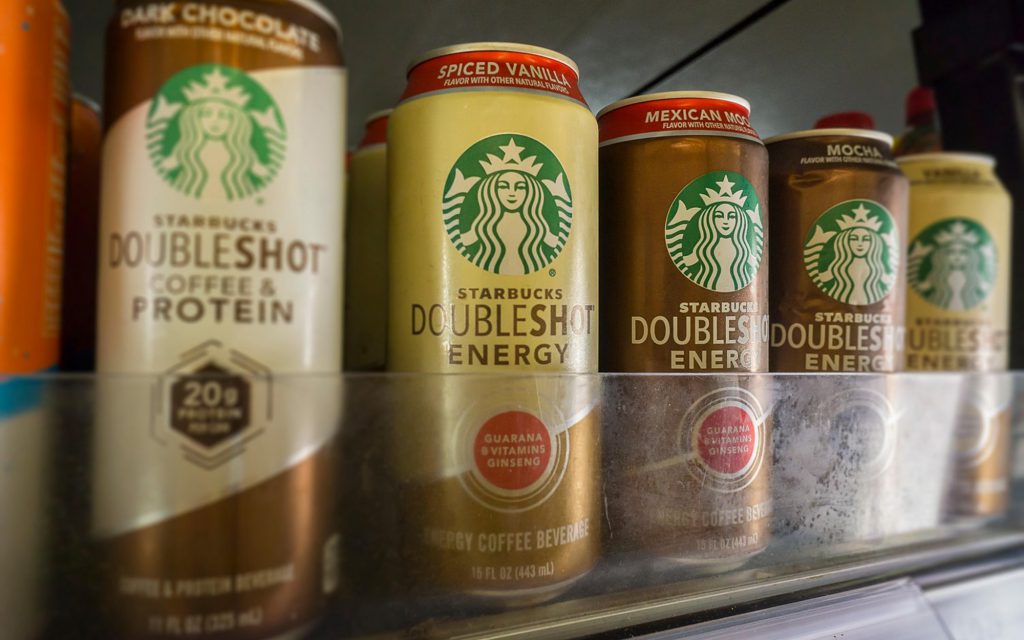
When did canned coffee become popular elsewhere?
Demand for convenience in the coffee industry has been steadily growing for decades now, so it was only a matter of time before canned coffee became available in other markets.
Given their close geographical proximity to Japan, canned coffee quickly became popular in other Southeast Asian countries, such as South Korea, Thailand, Singapore, and Malaysia.
In the US, meanwhile, the first commercially-successful RTD coffee drink was launched in the late 1990s. Starbucks and PepsiCo partnered to develop the RTD bottled Frappuccino, which aimed to replicate the coffee chain’s blended frozen version of the drink.
The RTD beverage proved to be immensely popular, and helped to drive innovation in the global RTD coffee market. In 2007, illycaffé partnered with Coca-Cola to release the illy Issimo RTD range in the UK.
In years since, Coca-Cola has also partnered with several other coffee chains, notably Costa Coffee and Dunkin’, to launch a number of branded RTD coffee products.
The emergence of specialty canned coffee
Alongside this, we have also seen a growing number of specialty coffee brands market and sell their own RTD coffee products – including canned options.
For instance, specialty roasters such as Blue Bottle, Stumptown, and La Colombe have all launched their own branded RTD coffee products over the last decade or so.
Canned cold brew and nitro coffees are some of the most popular choices among younger consumers, however, there has also been considerable innovation in the wider RTD segment in recent years, as Giovanni tells me.
“When I first tried canned coffee, I remember it being very sweet, and many products also included milk powder and a lot of artificial flavourings,” he says.
In 2016, for example, La Colombe released its nitro-infused Draft Latte. The product comprised more than 1% of the total US RTD coffee market just 18 months after its launch, making it the fastest-growing RTD coffee beverage in the country at the time.
Flavoured and plant-based RTD coffees have also become more popular over the past few years – largely driven by millennial and Gen Z consumer demand for more sustainable and healthy RTD options.
Plant milk brands such as Minor Figures, Califia Farms, and Oatly have developed RTD coffee products, which have proven to be successful in a number of markets.
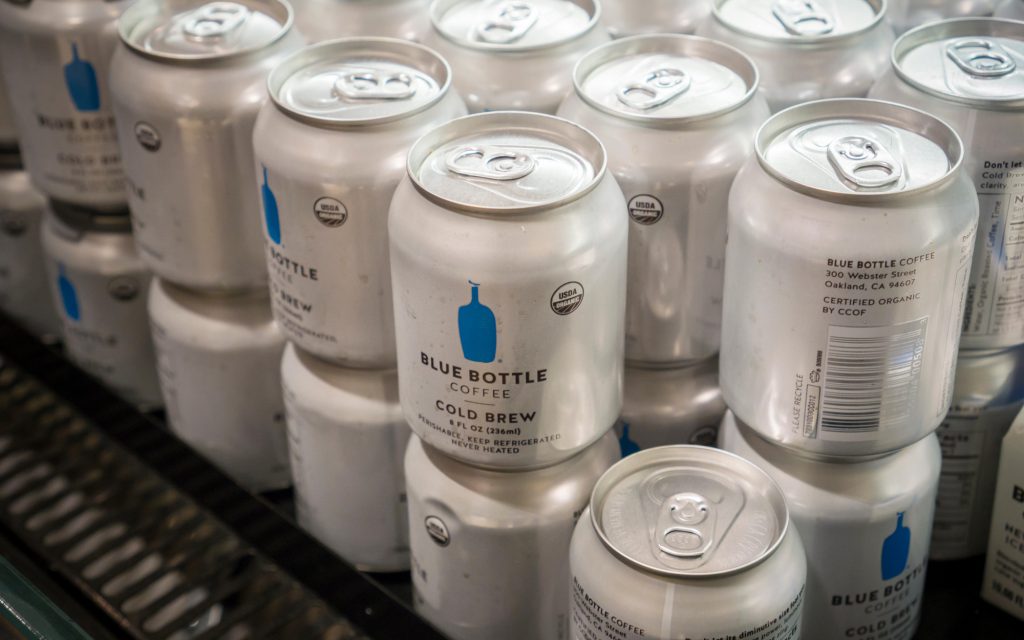
Will canned coffee continue to be popular?
It’s clear that the growth of the global RTD coffee market shows no signs of slowing anytime soon.
Giovanni believes that canned coffee will remain popular because of rising demand for more convenience – in both Japan and further afield.
“RTD coffees are always going to sell because of the growing need for more convenient beverages,” he says. “Moreover, the rising number of specialty coffee companies launching their own RTD coffees has helped drive the market.
“Now more than ever, we’re seeing a broad range of options available,” he adds. “Walk into any grocery or convenience store and you’re bound to find a dozen different RTD coffee options.”
Quality is key
In recent years, quality – as well as convenience – has been a clear focus for many specialty brands which market and sell RTD products.
“Previously, canned coffee was more of a novelty,” Giovanni says. “Now, many companies are focusing more on where they source their coffee from, as well as the flavours in the coffee.
“From single origin natural processed Ethiopian flash brew to RTD oat milk lattes made with washed Colombian coffees, there are more and more options available,” he adds. “The origin and quality of the coffee has become more important, as well as how the coffee was extracted in order to highlight the full range of its flavours.”
Giovanni also notes that this has led to a wider consumer awareness of sustainable practices in the coffee industry.
“Using higher-quality, traceable coffees in RTD products helps to inform more consumers about how coffee is sourced, as well as why farmers need to receive higher prices,” he says.
“The growth of the canned coffee market means these types of conversations can take place outside of coffee shops – in people’s homes or even on the go,” he concludes.
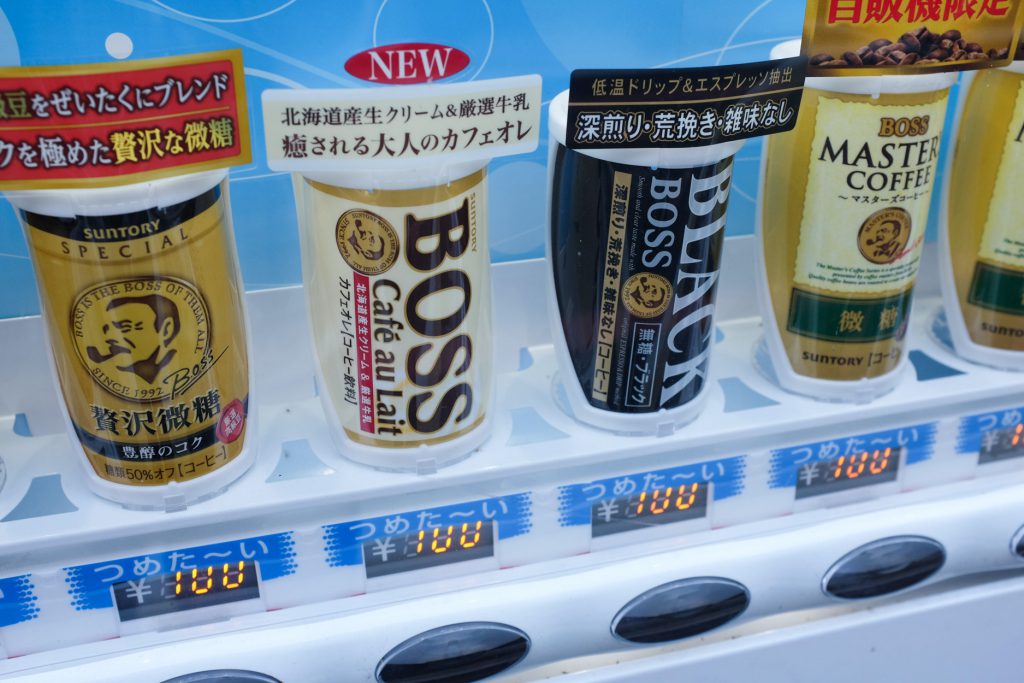
Thanks to a handful of Japanese companies, canned and RTD coffee has become a global phenomenon.
From its humble beginnings in the late 1960s, there is now a seemingly endless number of kinds of canned coffee available around the world – including different sizes, flavours, types of milk, and brewing methods.
Ultimately, it’s evident that the global RTD coffee market will continue to grow, but at present, it’s difficult to know what this means for canned coffee in particular.
Enjoyed this? Then read our article on RTD cold brew’s rising popularity.
Perfect Daily Grind
Want to read more articles like this? Sign up for our newsletter!

